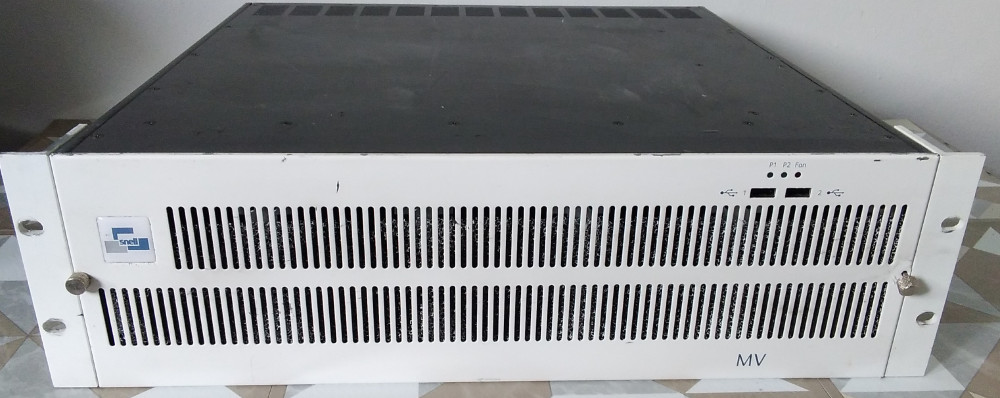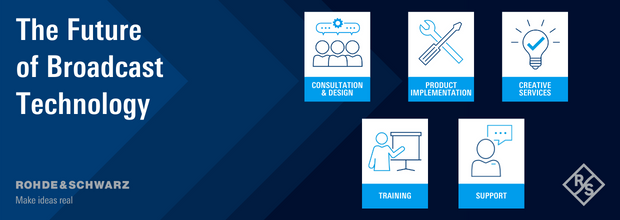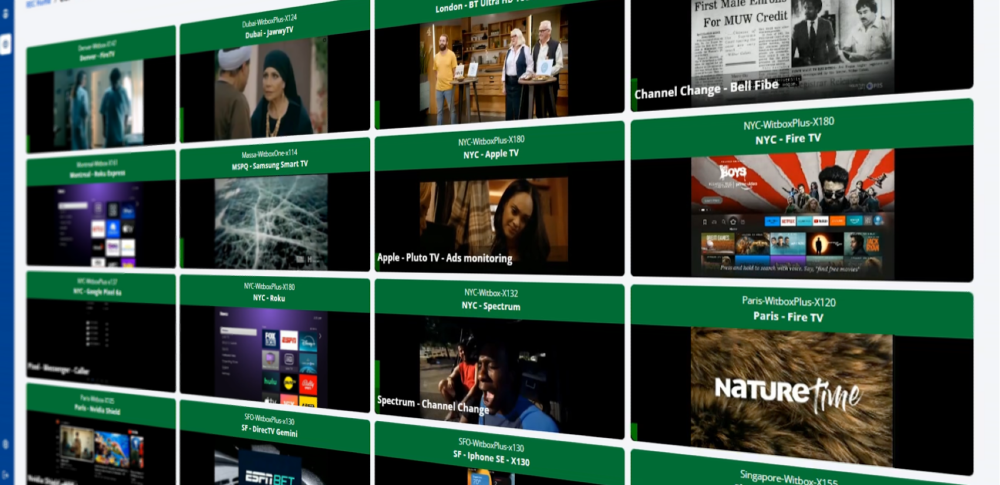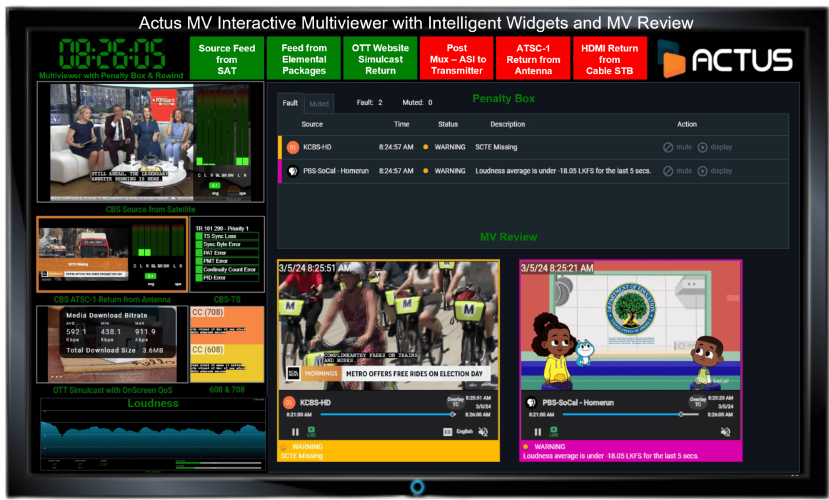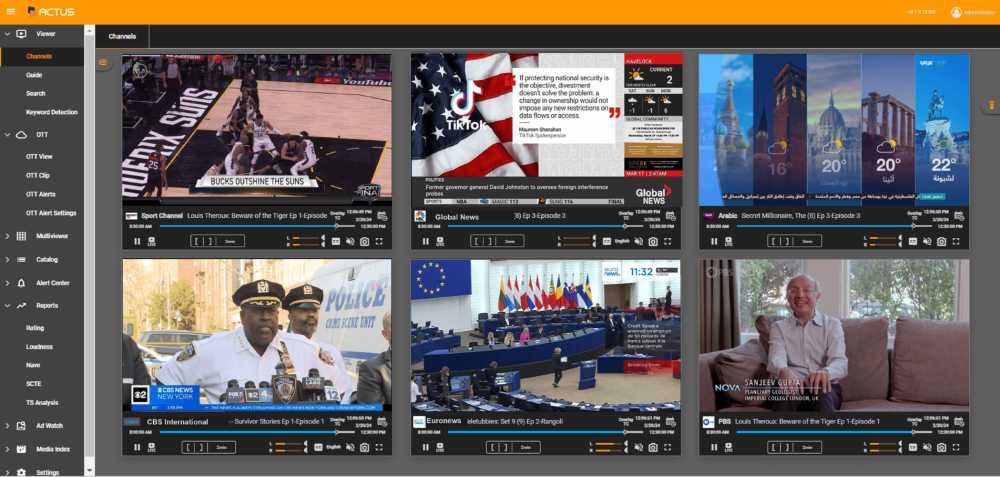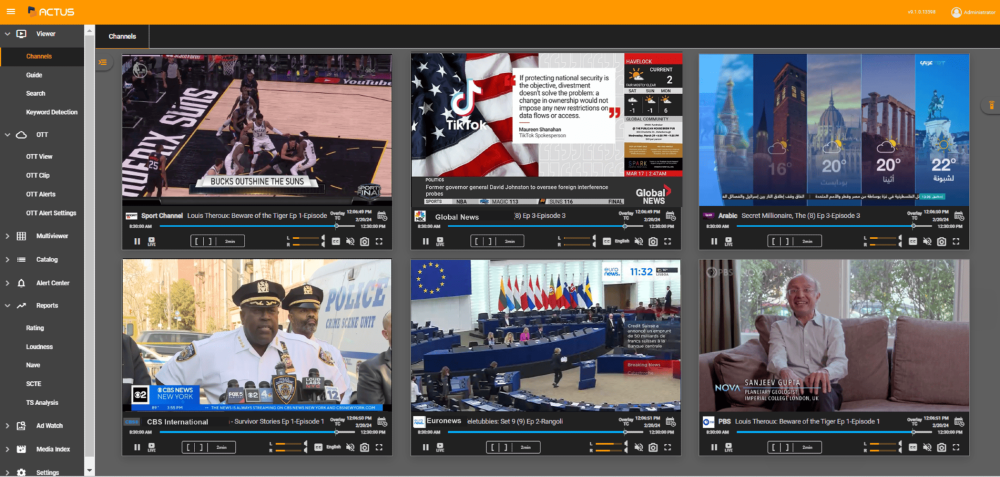Control and Monitoring with Snell

Author: Bob Pank#
Published 1st March 2011
For broadcasters and content origination facilities, a single issue with content or within the transmission chain can have an impact on millions of viewers. In some cases this can even lead to large financial penalties and affect commercial contracts. To guarantee uptime, minimize disruption of broadcast services, and keep revenue streams flowing, operators need to maximize the speed with which they can identify and resolve programming errors.
Remote monitoring provides operators with instant notification of any status changes found in any of the equipment within the chain. Moreover, remote monitoring capabilities allow these users to remain at their desktop, rather than searching through equipment racks to check device status on front panels or card-edge indicators. Remote control goes even further, giving users the power to adjust the configuration and operational parameters of individual devices, or to switch in alternative equipment automatically or at the click of a button, from any location as needed. An advanced control and monitoring solution unites all of these different operations (and traditionally very different technologies: SNMP monitoring and generic configurable device control) under a single umbrella, enabling the user to accomplish all necessary procedures without switching between applications.
The benefits of consolidating control and monitoring in a single solution are enormous, particularly in multi-channel operations running dozens of channels concurrently. First, this type of solution enables fewer staff to monitor more channels, and gives them more power to resolve – and even prevent – signal and transmission issues. Second, a robust control and monitoring system provides information on resources (such as satellite feeds, format converters) usage, and downtime, which in turn, allows facilities to bill their clients more accurately, while planning their resources more efficiently. The end result is that the broadcast operation can limit both operational costs and time spent off-air.
With the transition toward IT-based systems in the broadcast facility and greater reliance on computers, modern digital and file-based workflows are built on increasingly complex technologies. What’s more, while some broadcasters and other content providers have been able to migrate from analog to digital (and from SD to HD) in a very calculated, consistent, forward-looking manner, others — for a broad range of reasons — must deal with devices from a variety of providers. In either case, a comprehensive control and monitoring solution must be capable of interfacing smoothly with all types of equipment and infrastructure, regardless of brand or manufacturer.
In supporting comprehensive control and monitoring, the system should serve as the primary interface with equipment, quickly alert the user of any problems and provide the tools to resolve those problems quickly. The solution also must have the flexibility to integrate with any broadcast, IT, or other device critical to the operation’s overall workflow, particularly as technical or business needs change. Achieving this flexibility can require the system to support a combination of traditional, General Purpose Inputs or Outputs (GPI I/Os), RS422/232 serial ports, and Ethernet interfaces, as well as a combination of generic and proprietary protocols.
Though some degree of customization and support may be required to create the right system for a given operation, the resulting control and monitoring platform should be capable of automating the monitoring, aggregation, and prioritization of alarm conditions from large numbers of devices. System tools can also automatically check the quality of the video and audio content and metadata at specific points, whether in the form of return and off-air feeds, incoming and out-going lines, or content being ingested. More sophisticated systems can go so far as to evaluate video and audio outputs with intelligence, comparing the actual signals against predefined parameters in order to preserve the quality and value of the broadcast. While performing these complex operations, the control and monitoring system provides users with the information relevant to their work and convenient tools, such as a customizable GUI for simple, intuitive groupings of devices, which make that work easier.
The user interface for ongoing control and monitoring presents the simplest possible picture of operations, but more complex tasks running in the background provide a wealth of information about equipment and its use. By constantly collecting and logging information in a central database, a control and monitoring system can support queries and analysis of the current and historic state of infrastructure. As a result, staff can ascertain trends, plot graphs, and derive a variety of business intelligence from the underlying data gathered by the system.
Equipped with such a broad range of functionality, as well as the scalability to grow with the customer’s needs, Snell’s Centra control and monitoring system serves as robust and economically attractive solution that enables organizations of all sizes to realize meaningful operational improvements.
Kirsty Aldridge is the control & monitoring product manager at Snell, a provider of a comprehensive range of solutions for the creation, management, and distribution of content, as well as the tools necessary to transition seamlessly and cost-effectively to digital, HDTV, and 3Gbps operations.



